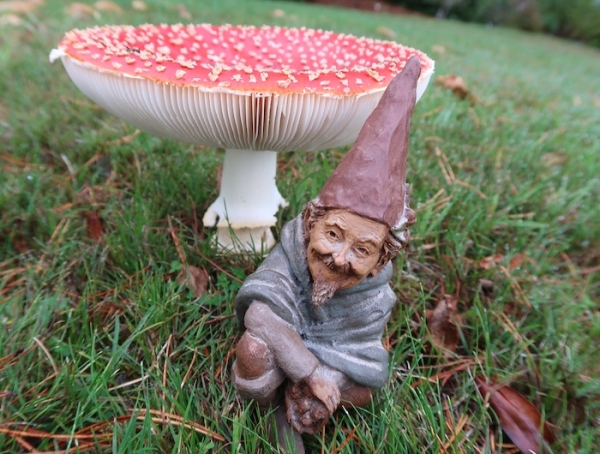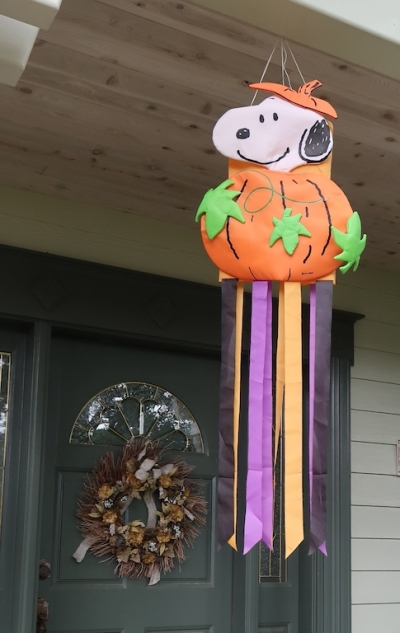Greetings!
I hope this finds you well and enjoying the change of seasons. I also hope that any of you in the south-eastern US are okay with little or no damage from the storms. I just can't even imagine a storm that big...
Here is some light reading as we move into October.
When Van Cliburn won the Tchaikovsky Piano Competition in Moscow in 1958, his victory was every American pianist’s victory. American artists who had previously figured only in national competitions were suddenly acknowledged in the international arena. A career as a pianist was finally considered valid and important.
Pianist Dinu Lipatti’s “pinkie” was his longest finger - a very rare phenomenon.
When Charles Ives’ Concord Sonata and Fourth Symphony are performed, a specially-sized block of wood is used by the pianist for striking complex chords directly.
Website Update: As you may know, MainlyPiano.com was hit by a hacker in September. Actually, it was the server that the site is on that was hacked. My heroic webmaster jumped into action and moved the site to a new server right away, so the downtime was minimal. Almost everything is working great again, but there are still a few glitches that pop up. Please let me know if you find any problems on the site and we'll get those straightened out, too. With thousands of pages on the site and many thousands of links, it's difficult to check everything, so please let us know if you see something amiss. And another HUGE "Thank You!" to Tim Neumark for being so responsive on this!!!
According to the French newsweekly Le Point, the timetable for someone wanting a solo concert career must be: the pianist plays his/her first scales at the age of four, enters a conservatory by twelve, and wins a few international prizes before the age of twenty. If the pianist has released recordings and toured abroad before the age of thirty, the future should be promising.
In the 1880’s, surgeons began performing an operation on pianists in which they severed the tendons between the ring finger and the little finger so that the “liberated” ring finger would be equal in movement to the others.
To create the rim of a grand piano, it takes six strong people to bend the wood of the frame. They have to bend it gently, but quickly because they have only about twelve minutes until the glue starts to adhere.
New Reviews: Despite the website craziness for a few days, we posted quite a few new reviews in September, including a Christmas album! You can find links to all of them
here.
Franz Liszt “invented” the solo recital in about 1839. He originally called his recitals “musical soliloquies” saying '“I do not know what other name to give to this invention of mine.'”
The 1870s to the 1920s were the heyday of the piano in Western musical culture. By 1870, production of pianos had grown to about 85,000 instruments a year in the four leading piano-producing nations - Britain, The US, France, and Germany. After that, the number increased constantly until by 1910 it had reached almost 600,000 pianos a year in those four countries alone.
Beethoven played and wrote for pianos that couldn’t fulfill his need for powerful expression. Essentially, he was composing for pianos that didn’t exist (yet!).
New Interview: Our new interview this month is with Australian composer/musician Jim Ottaway. Jim recently released a new single, a new album, and the 20th anniversary edition of his first album, so we had lots to talk about!
Here's the link!
Beethoven often snapped the strings of the pianos he played and the strings would entangle the hammers. He had other musicians remove broken strings and disengage the hammers as he played.
Bartolomeo Cristofori, the inventor of the piano, came up with three principles still used by piano makers today. Besides inventing hammers, he developed an escapement device to permit the hammer to drop back immediately after delivering its string blow, leaving the string to vibrate freely as long as the key is held. Cristofori also invented the shifting soft pedal arrangement, called the una corda.
Franz Liszt became the first pianist to employ an agent, Gaetano Belloni, who, for six years in the 1840s, served as his advance man, business manager and secretary on his concert tours across Europe.
Issue #500 Is Coming Up! When I started "Pianotes" back in the mid-1980s, I never would have believed I'd ever have an Issue #500, but since this is Issue #499, that must be coming up next month!!! I'm not sure what I'll do yet, but it should be a doozy! Stay tuned...!
The term “grand” didn’t come into use until 1777. The early upright pianos were called “giraffes.”
In 1882, a case came to court in Bamberg, Germany involving a young woman who played the same three pieces by an open window from 8:00 PM to 10:30 PM. The neighbors called the police and she was taken to court, where the judge found in favor of the neighbors.
In 2006, the British pianist Stanislav Yovanovitch visited Harbin, a city on the Northeastern spur of China for its annual music festival. During his time there, he joined 1,000 fellow players in a mass rendition Schubert's "March Militaire" in the city square. The event set the world record for most pianists playing one piece at the same time. That concert was one of the items the city listed on its résumé (along with being home to the country’s oldest symphony orchestra) to help it win an official recognition as “Music City” from the United Nations.
October Birthdays: Here is a partial list of musical birthdays coming up in October:
10/3: Lindy Kerby
10/7: Peter Sterling
10/8: Laura Sullivan
10/9: Frank Huang & Darlene Koldenhoven
10/17: Robert Linton
10/19: Lesley Spencer
10/20: David Vito Gregoli
10/24: Doug Hammer & Michael Stribling
10/25: Matt Johnson
10/27: Antonio Simone
10/28: Charles Denler
10/29: Christel Veraart
10/30: Judson Hurd, Lucas Kirby & Marge Adler
Happy Birthday to all of you!
Seven octaves was the normal range on pianos from about 1850 into the 1890’s, when an additional three notes were built into the treble, giving the piano its standard eighty-eight keys.
Louisa Catherine Adams, the wife of John Quincy Adams, played both piano and harp. Her piano is the earliest surviving White House piano, and is on exhibit at the Smithsonian Institution.
Louis Moreau Gottschalk was the first pianist to arrange what has become known as a "monster concert" with large numbers of pianos and pianists playing together. He wrote "The Siege of Saragossa" for ten pianos, and it was first performed in June 1852.
October Music Holidays and Observances: In case you thought Indigenous People's Day (aka Columbus Day) and Halloween were the only "special" days in October, here are some others:
All Month: Country Music Month
Week: October 6-12: National Carry a Tune Week (it always has October 7th in the week)
10/1: International Music Day & World Ballet Day
10/4: International Toot Your Flute Day & Kids Music Day
10/10: National Hug a Drummer Day
10/14: Universal Music Day
10/17: International Cassette Store Day
10/23: National iPod Day
10/24: Record Store Day
10/25: Punk For a Day Day & World Opera Day
Have fun, but don't overdo the partying!
Blue is the color mentioned most often in song titles. Black, red, white, and green follow in that order.
The first motion-picture soundtrack recording was the music for Snow White and the Seven Dwarfs which was released on Victor Records in 1938.
The first recorded message was "Mary had a little lamb" by Thomas Edison in 1877. His assistant, Mrs. Harriet Atwood, played the piano, thus becoming the first recording artist.
Okay, that should do it for Issue #499! Have a great month, and I'll meet you back here for Issue #500!!!
Kathy







